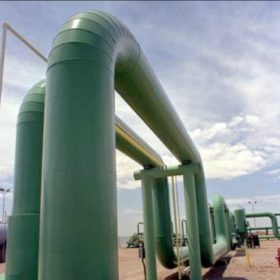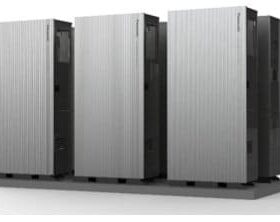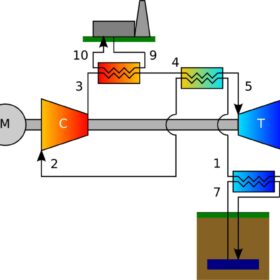HSBC announces $2 million funding to IIT Bombay, Shakti Sustainable Energy for green hydrogen innovation
HSBC India has partnered with the Indian Institute of Technology (IIT) Bombay to support innovation-led green hydrogen initiatives. It has also partnered with Shakti Sustainable Energy Foundation (SSEF) to support policy research, and technological and financial solutions for real-world application of green hydrogen in industrial clusters across four states of India.
The Hydrogen Stream: New way to make drug materials from hydrogen
UW–Madison has developed an environmentally friendly approach for producing essential drug ingredients by opting for hydrogen, while India has presented new green hydrogen standards.
The Hydrogen Stream: US awards $34 million to 19 hydrogen projects
As the US and British government press ahead with their hydrogen support projects, a team from Korea and the US has developed an iridium nanostructure catalyst, which decreased the amount of the chemical element. Meanwhile, hydrogen projects are proceeding in West Virginia, Denmark, Finland, and Japan.
NTPC starts trial run of hydrogen bus in Leh
The first-of-its-kind green hydrogen mobility project at 11,562 feet will harness green hydrogen using renewable power from a co-located, dedicated solar plant of 1.7 MW.
The Hydrogen Stream: Perovskites-based photoanodes for photoelectrochemical (PEC) water splitting
A research team has developed OHP-based photoanodes for photoelectrochemical (PEC) water splitting, minimizing the usual limitations. Meanwhile, China released its first hydrogen guideline, and Germany announced €18.6 billion for the hydrogen industry. Finally, a German company finds out that hydrogen trains are more expensive than battery-operated vehicles.
India needs 60-100 GW of electrolysis capacity to meet 5 MMT per year green hydrogen target
India’s National Green Hydrogen Mission targets the development of 5 million metric tonnes of green hydrogen production capacity per annum by 2030, which would require the nation to install 60-100 GW of electrolyzer capacity.
Preheating hydrogen with heat pumps may reduce cost of green H2 for heating by 10%
UK researchers suggested utilizing heat pumps to preheat hydrogen to very high temperatures, which they said could reduce the need for hydrogen by more than 20%. The process is also claimed to have the potential to reduce the European industry’s energy demand by approximately 200 TWh per year.
Indian Oil assessing multiple pathways for green hydrogen production
The State-owned oil and gas major is assessing green hydrogen production based on solar electrolysis, biomass gasification, and bio-methanation.
The Hydrogen Stream: Germany to use hydrogen ‘in all sectors’
The German authorities have announced plans to double domestic electrolysis capacity to 10 GW by 2030, BloombergNEF has reported that green hydrogen became competitive with gray hydrogen earlier than expected, and Chinese researchers have presented new research on microbial hydrogen production.
The hydrogen motives: understanding the ‘why’ of the hydrogen push in Asia and beyond
Various industry interests are at play behind clean energy drive













